No description yet: Can you help?
Igreja do Sagrado Coração de Jesus
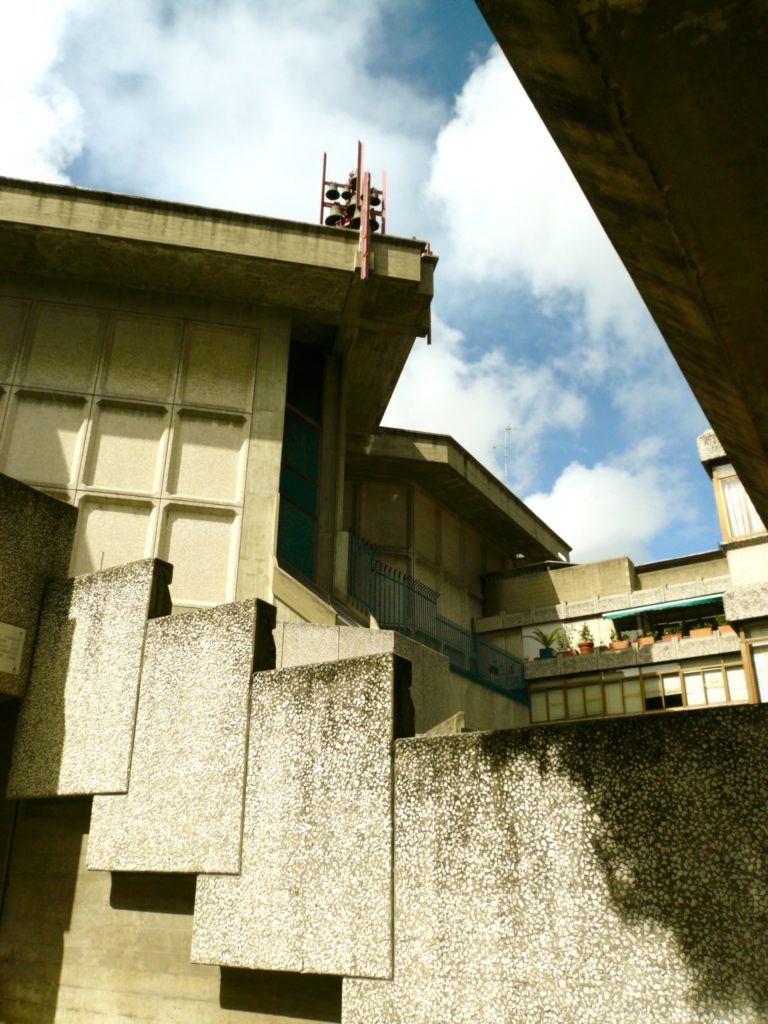

No description yet: Can you help?
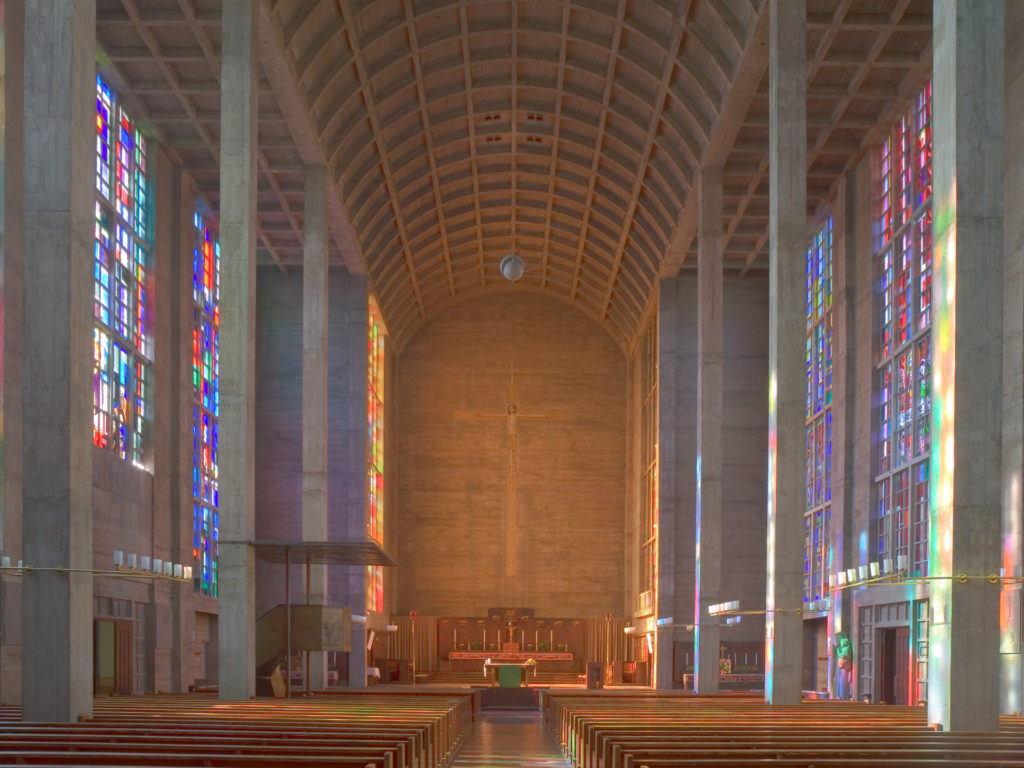
The Antonius Church is the first Swiss concrete church and an early example of the kind of functionalist aesthetic sensibilities that would eventually lead to Brutalism. (Special thanks to Jan Klett)
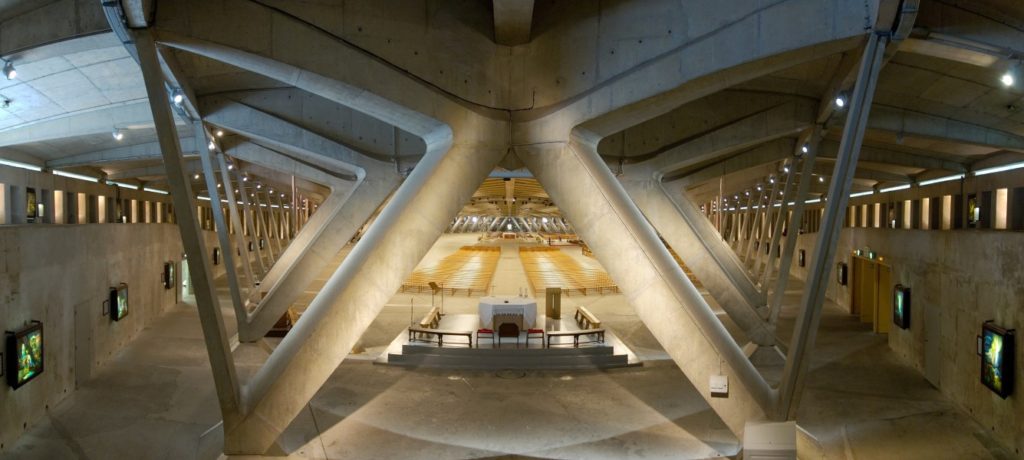
No description yet: Can you help?
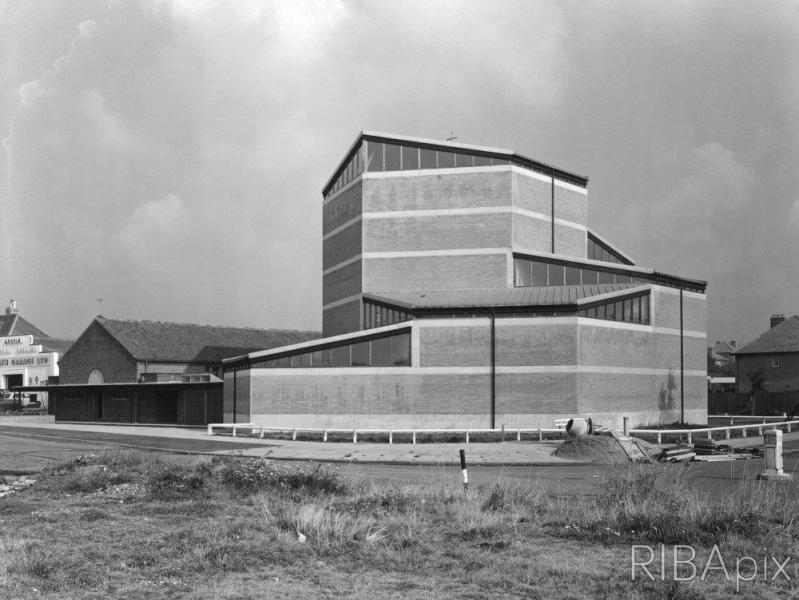
The design with its central plan points both to the architects’ own work and to historical building traditions. An overly high central shaft provides light and a central sanctuary.
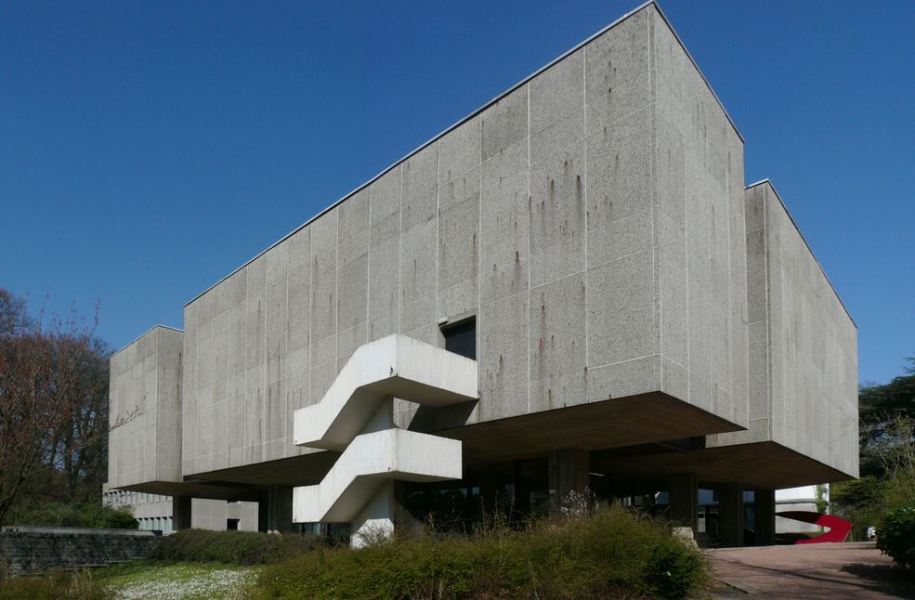
No description yet: Can you help?

No description yet: Can you help?
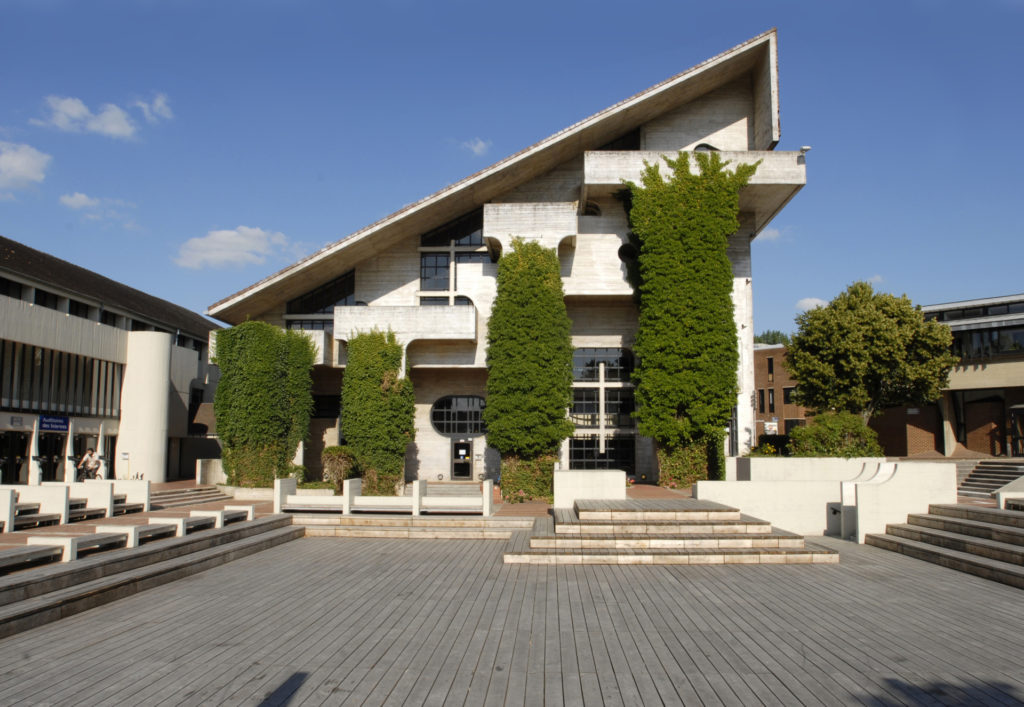
No description yet: Can you help?
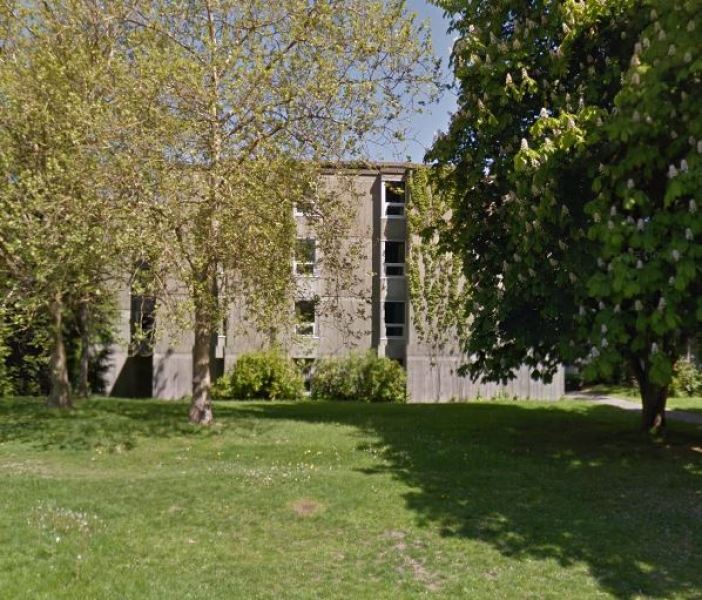
No description yet: Can you help?

The Building features a combination of exposed concrete and granular plaster. The three level interior features a double height dining room and an artist’s studio on the roof.
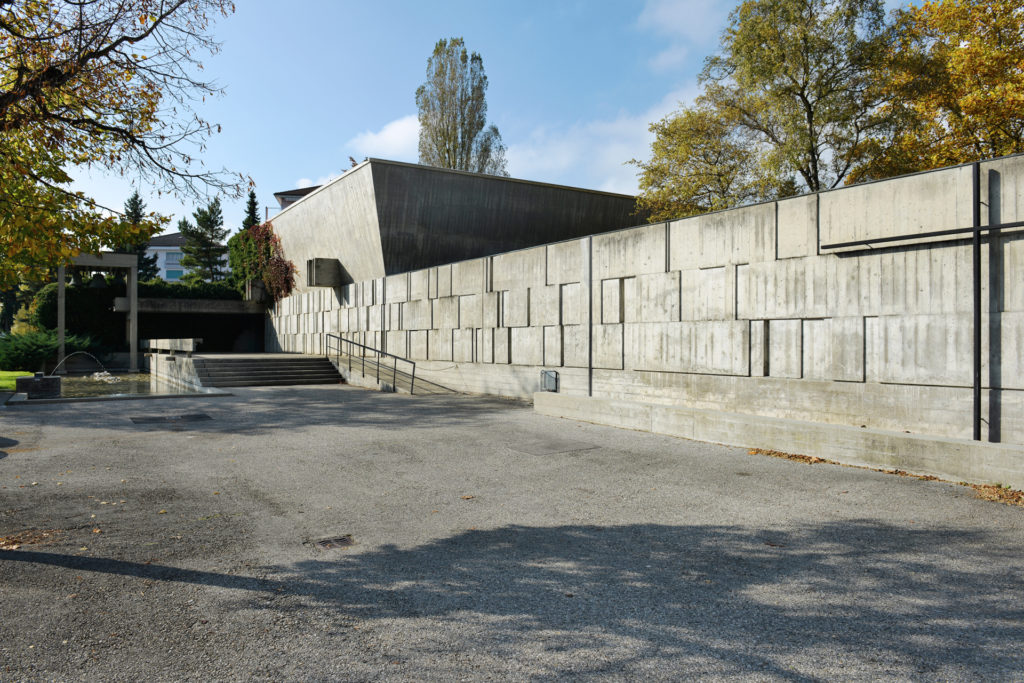
Rising above a square floor plan, this massive exposed concrete structure is shaped like an inverted pyramid stump. Twin concrete slabs perforate the monolithic façades, whose simplicity is counterbalanced with the adjoining relieved, free standing wall.
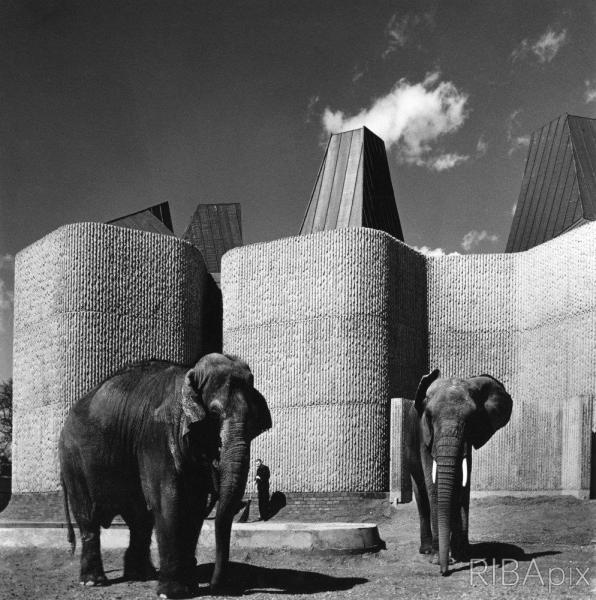
No description yet: Can you help?

Faller + Schröder presented a new archetype of stepped housing complexes in the 1960s and 70s, similar to Neave Brown’s Alexandra and Ainsworth Road Estate. Unlike stepped residential complexes shaped like triangular prisms with steadily decreasi…
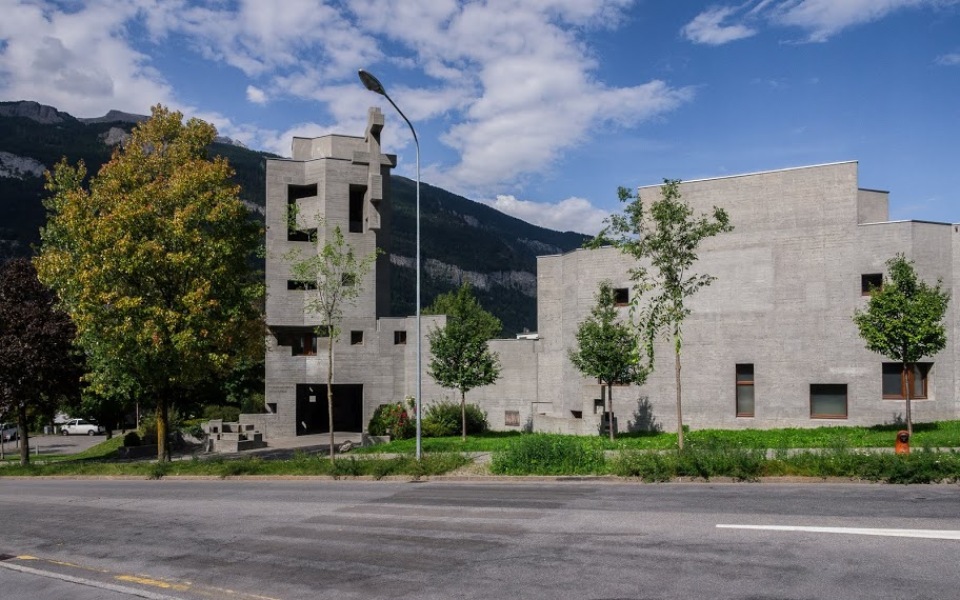
No description yet: Can you help?
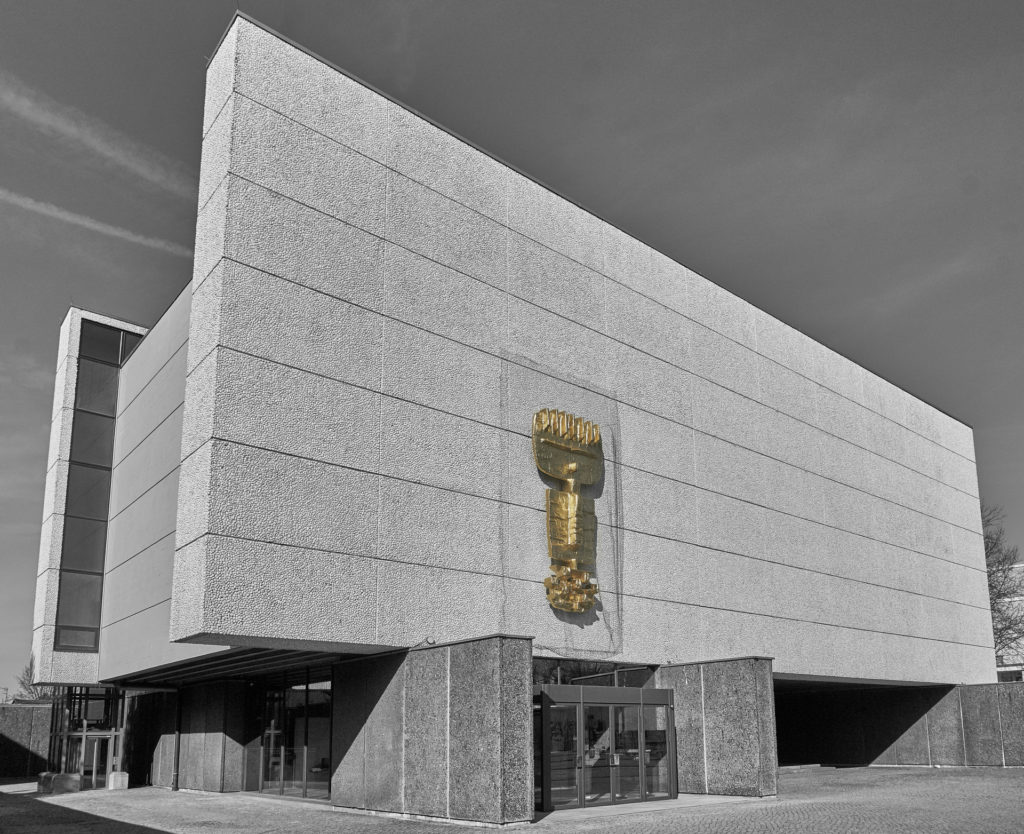
No description yet: Can you help?
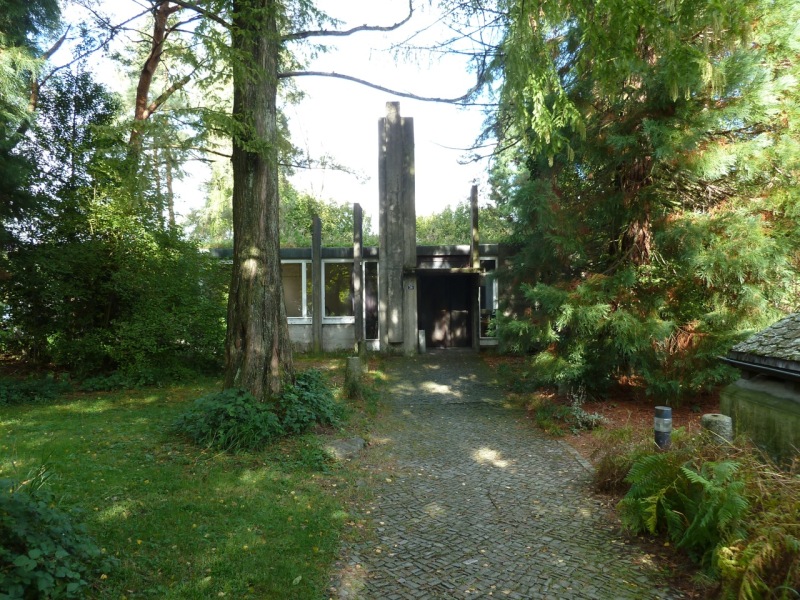
The flat building welcomes its visitors with a dramatic, sculptural entrance which is flanked by a slender concrete tower. The surrounding nature permeates the building. The lawn for example is even continued on the roof.
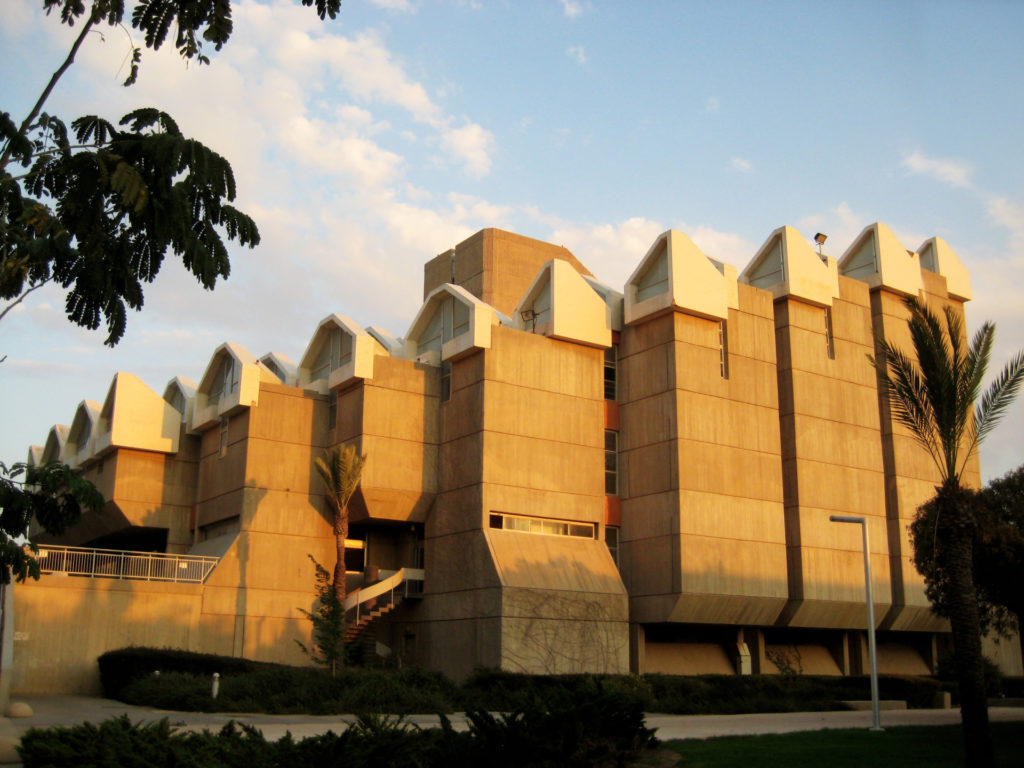
No description yet: Can you help?
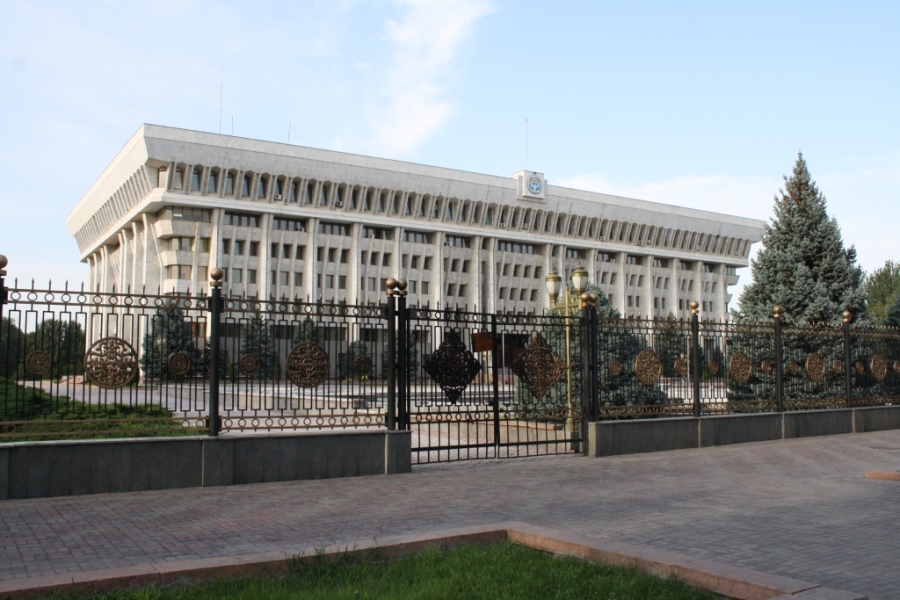
No description yet: Can you help?

No description yet: Can you help?
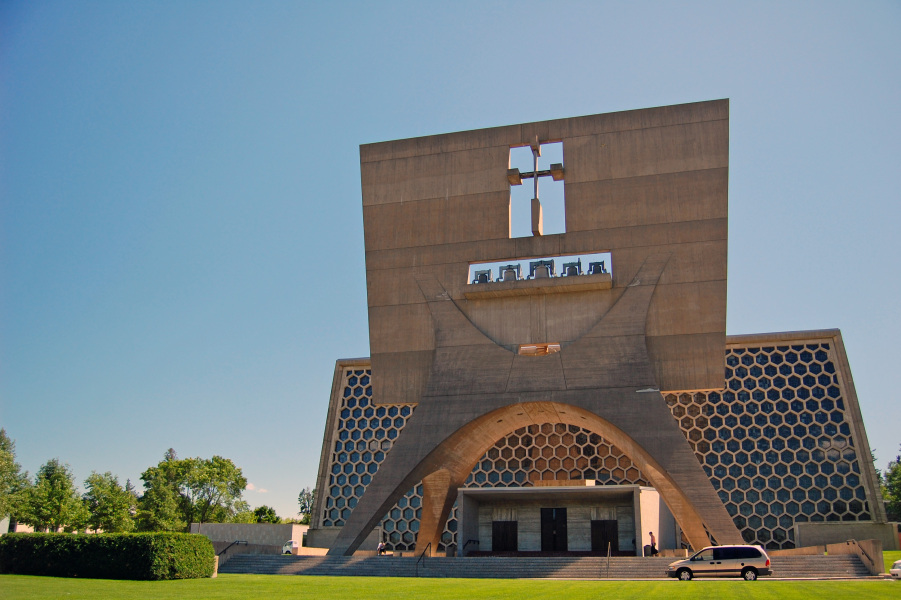
This edifice is part of a large Benedictine monastery and consists of a trapezoidal nave and a bell tower the shape of which is itself reminiscent of a bell. With the sculptural use of exposed concrete on a monumental scale, the church is considered a k…
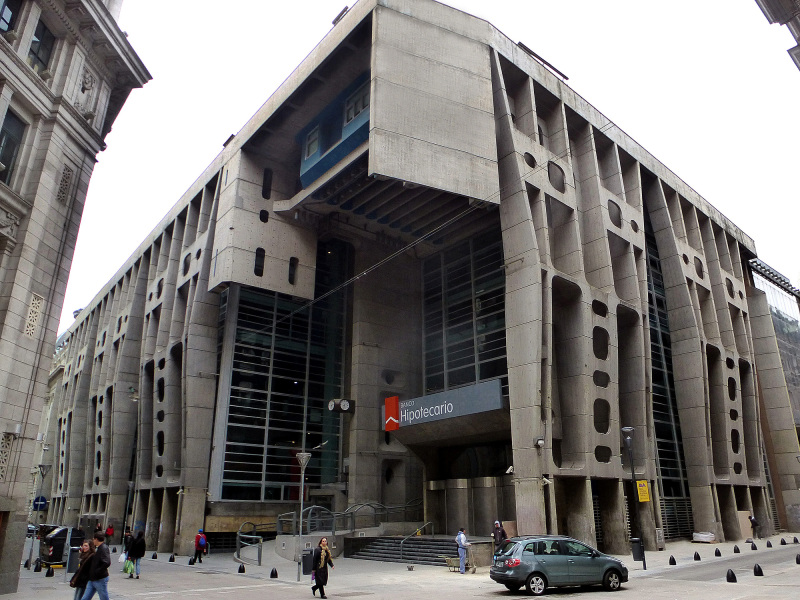
With its mixture of brutalism and high-tech aesthetics the bank is deemed a key building of Argentinian architecture in the 20th century. In terms of its monumental scale and rhythm the facade responds to the adjacent colossal classicist buildings. It …